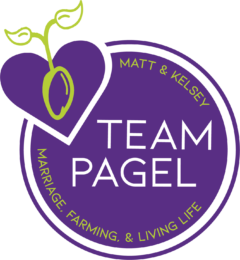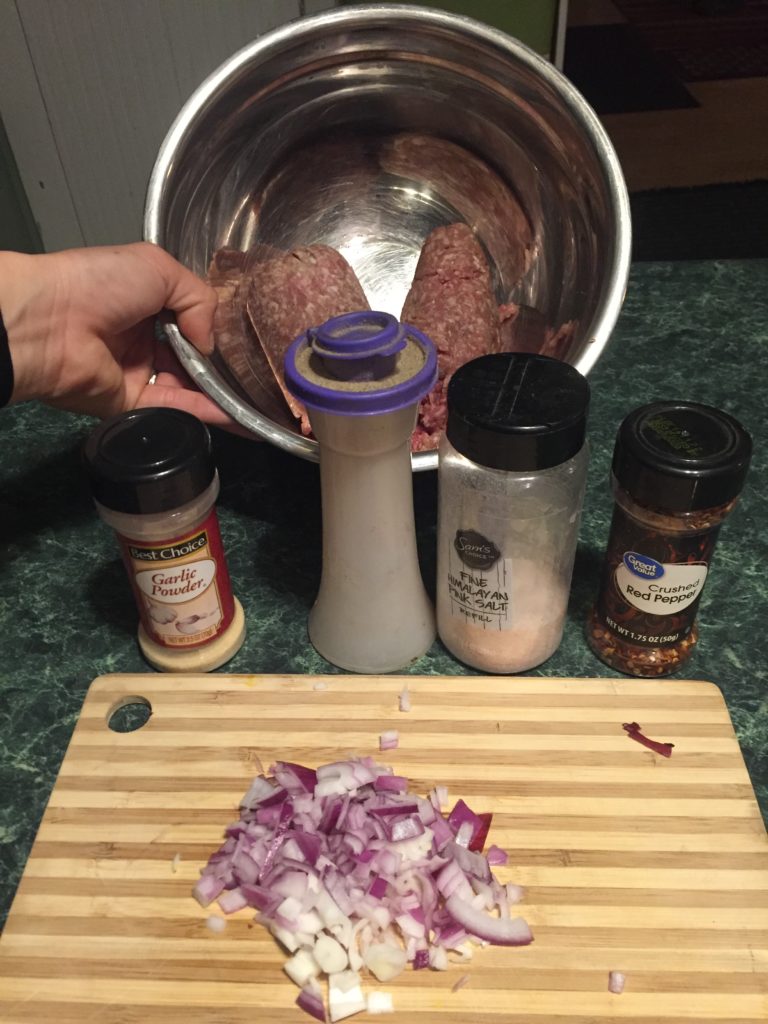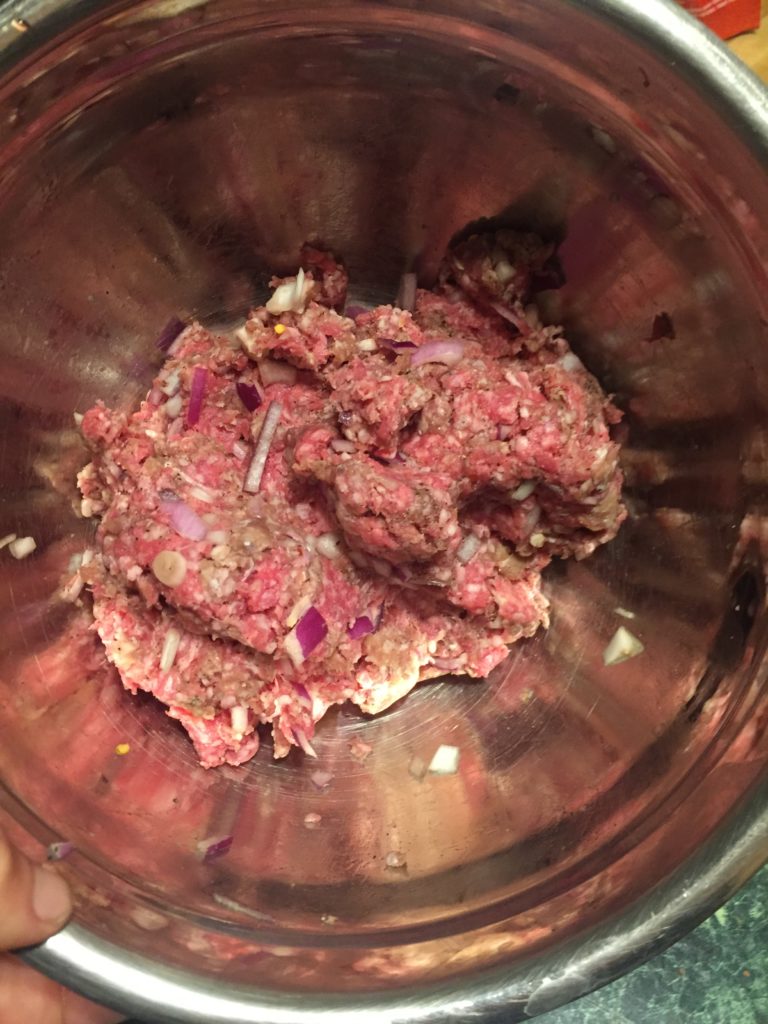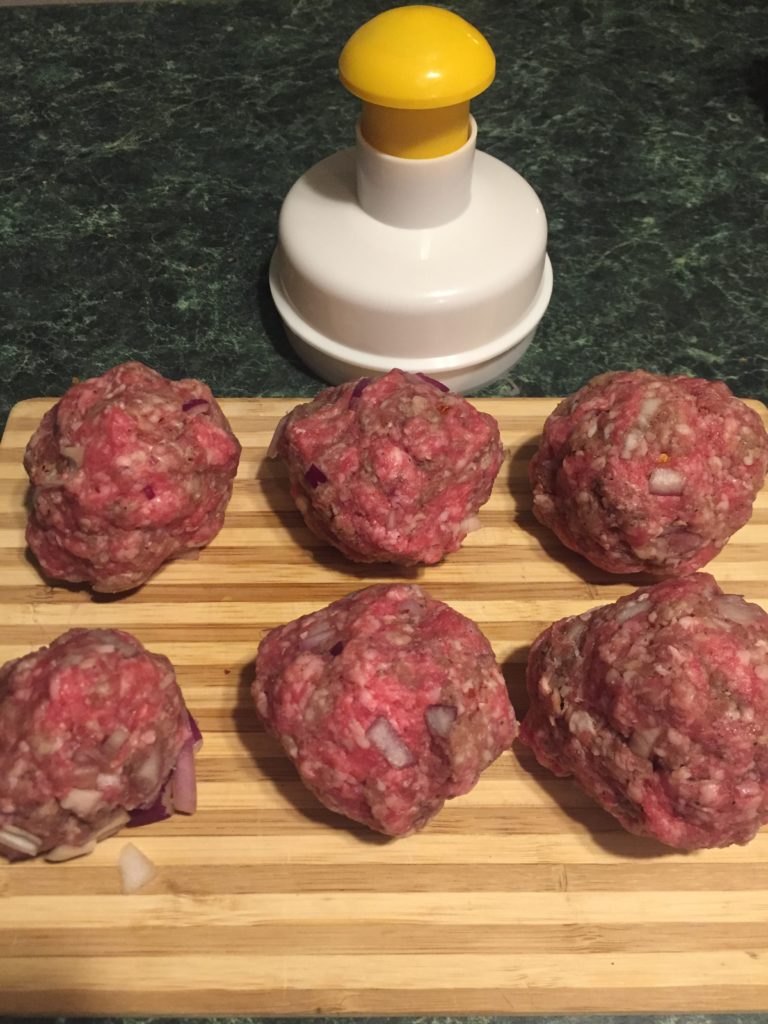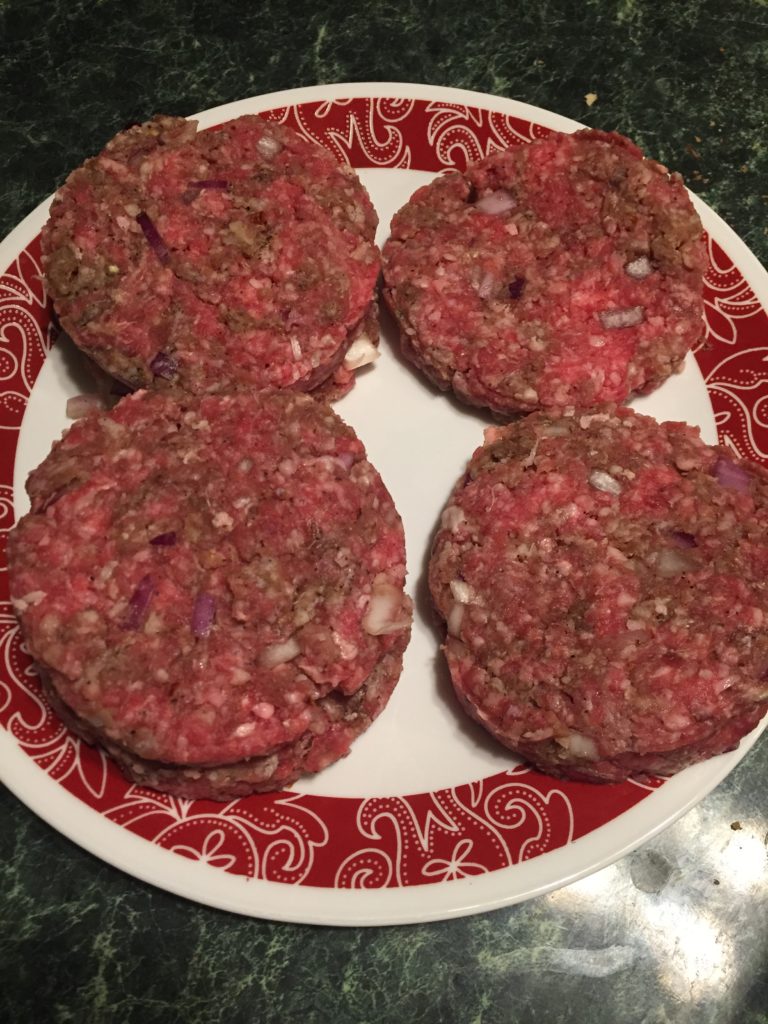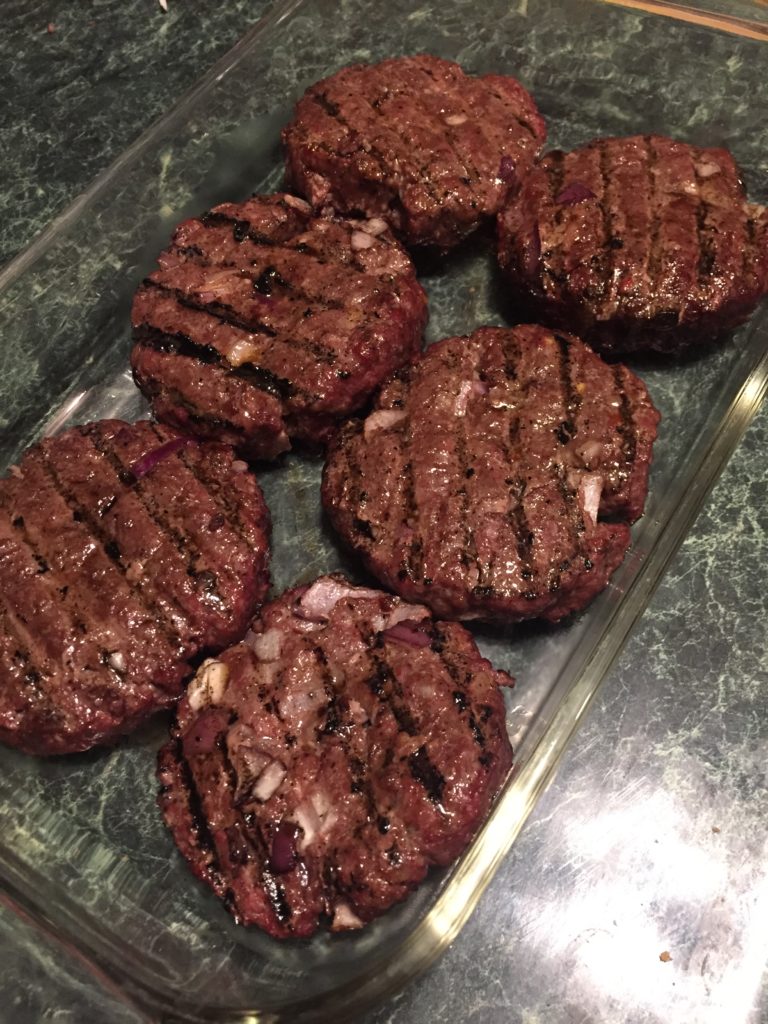What do we do all day during the summer? Every season is busy. Summer tends to be the busiest. The long daylight hours lends itself to long hours on the farm. Summer is when we put up hay and store up for the cows for winter. We’re rotating cows through summer grass, we’re doctoring pinkeye and all the other summer time things. We’re doing all the things and working a lot of hours.
Summertime is still my favorite time of year. I HATE cold weather. HATE it with a passion. Like hate it. It’s the worst. I love when it gets dark at 5 though. Most people hate the time change. I love it. It means that we’re not running as fast and hard as we were. But the shop still has lights. Still things to be doing except it’s cold and I don’t like cold.
A typical summer day means getting up early, normally a little after six. I check cows first thing. As the day heats up the cattle head to the shade or ponds. I want to see them while they’re grazing. I want to see them moving. Once they are all bunched up under the trees, it’s harder to see if anything is wrong with individuals.
Once I have gone to the cows I want to get to or it gets too hot, I move on to another project. In the midst of haying season, it’s normally time to head to the hayfield where we spend all day putting up bales. Once hay season is over, there’s normally grain to haul, repairs to make, rotary mowing to do, etc.
We pack our lunches almost every day. Chances are we aren’t going to be around the house during meal times and I need food to make it through the afternoon. Ask Matt, I get very not nice when I don’t have my food.
Another thing I’m meticulous about it having water packed. I love my water bottles that don’t condensate and keep water cold for a long time. In the heat of summer, it’s important for my body to be hydrated with water. Matt can survive on mountain dew and ice cream and feel great. I do not. So I make sure I have what I need to be as successful as I can be.
I’d love for Matt to pack my lunch and water, but it’s not important to him. He’ll be fine with ice cream so it’s not important to him to pack a nutritious lunch. For me, it is. So I make it a priority, most days. Some days I beg for Taco Bell.
My favorite part of summer is the end, when we get all the hay put up and hauled. That’s when I know it’s time to start planning our vacation. These 5 days of the year are my absolute favorite. We go somewhere secluded, normally by a lake and we just sit and relax and be together. It’s perfection. I write, he watches TV, we sleep, we eat, we love. It’s everything.
If you enjoyed reading this, we would love it if you would hit the share button and introduce us to your friends. You all are the reason we get to do this and we’re so appreciative of that! Please help us continue serving people by sharing us with your family and friends! Leave us a comment and let us know how this has impacted your life. It’s the little things that make me so happy to continue doing this, such as a like, comment or share! Have you subscribed to the page so new blogs will arrive in your email automatically? Go to our homepage to do so! Please and thank you! And remember: You are loved, you are worthy and you are enough!
~Matt & Kelsey
